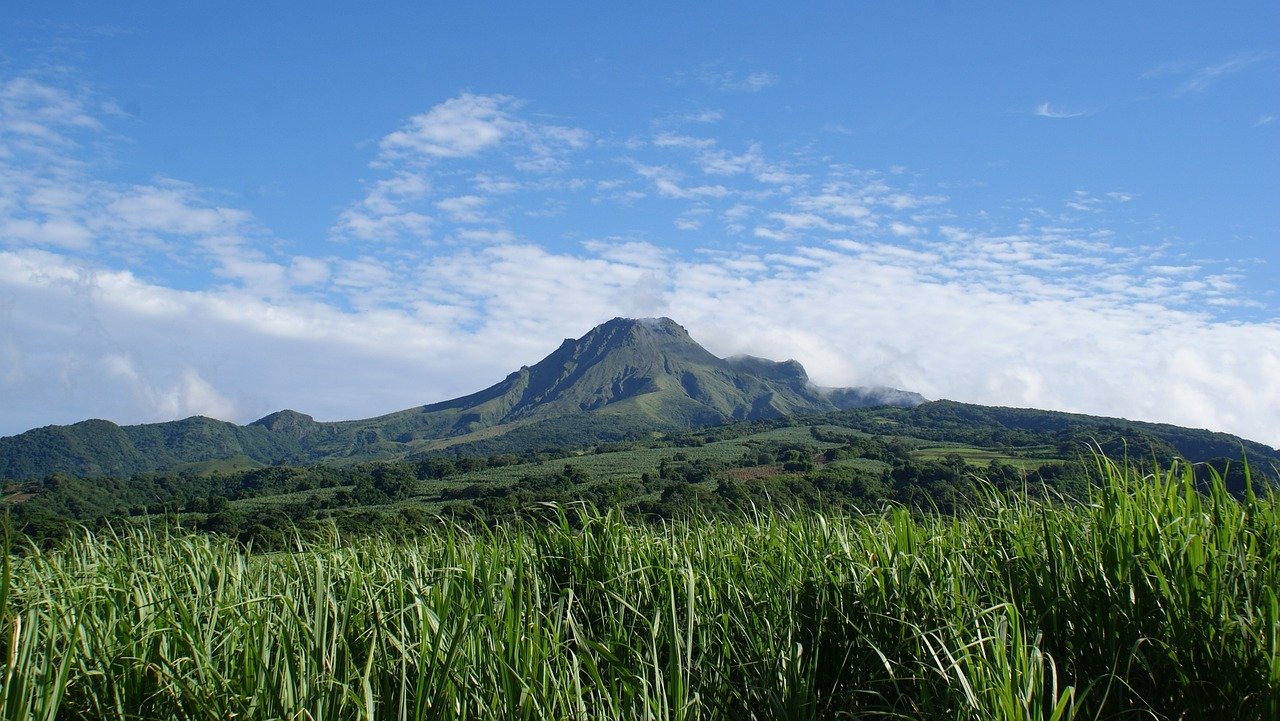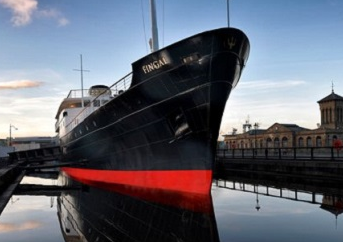UNESCO’s World Heritage Committee has wrapped up its deliberations related to sites that are in danger and began adding new sites to its prestigious World Heritage List.
Sites in Ukraine — the St. Sophia Cathedral and the Kyiv-Pechersk Lavra monastery complex, both located in the capital city of Kyiv, and the historical centre of Lviv in western Ukraine — were deemed to be “in danger”. Deliberations started Saturday considering 50 sites nominated for the well-known World Heritage List.
The Forest Massif of Odzala-Kokoua in Congo and the volcanoes and forests of Mount Pelée and the Pitons on the French island of Martinique, were chosen to be inscribed to the World Heritage List on the first day. The World Heritage in Danger List includes heritage sites that are threatened by forces such as armed conflict, natural disasters, pollution and more.
Built in the 11th century and decorated with eye-catching mosaics and frescoes, St. Sophia cathedral and its related monastic buildings were added to the in danger list alongside the nearby monastic complex Kyiv-Pechersk Lavra, also known as the Monastery of the Caves. Situated near the Polish border, the historic centre of the city of Lviv, which is made up of a fifth-century castle, a synagogue and various other religious buildings, also was added to the list.
The decision was made due to the threat of destruction the Russian offensive poses, according to a statement from UNESCO, which stressed that both had remained under permanent threat since the start of the invasion.
“Faced with the risk of direct attack, these sites are also vulnerable to the shockwaves caused by the bombing of the two cities,” the UNESCO statement continues. The inclusion of the sites would pave the way for “additional financial and technical aid in order to implement new emergency measures - in line with the measures already taken by Ukraine with UNESCO,” the statement added.
The decision to add the Ukraine sites came shortly after the committee chose not to inscribe the Italian city of Venice and its lagoon to the same list. As discussions moved to contenders for the World Heritage List, the Forest Massif of Odzala-Kokoua in Congo was inscribed on Saturday.
It is one of Africa’s oldest parks as well as one of the largest tropical rainforests in the world. On the French island of Martinique, the volcanoes and forests of Mount Pelée and the Pitons on the northern part of the island were also announced as a new addition to the list during the first day of deliberations.
Meanwhile, an existing World Heritage Site — Vietnam’s Ha Long Bay — was extended to include Cat Ba Archipelago, the country’s largest limestone archipelago. It is now listed as one site: Ha Long Bay - Cat Ba Archipelago. Ha Long Bay was first recognized in 1994.
The status of Madagascar’s Tsingy de Bemaraha National Park, consisting of five protected areas, was also extended to include the Andrefana Dry Forests, which can only be found on the Indian Ocean island.
Over the next few days, the committee will review the remaining nominations, which include a Viking age ring fortress in Denmark and 2,000-year-old earthworks in Ohio.
Sites must be of outstanding universal value to be added to the World Heritage List, according to UNESCO. To qualify, a site has to meet at least one of a specific list of criteria, which is regularly revised by the committee to reflect the evolution of the World Heritage concept itself.












